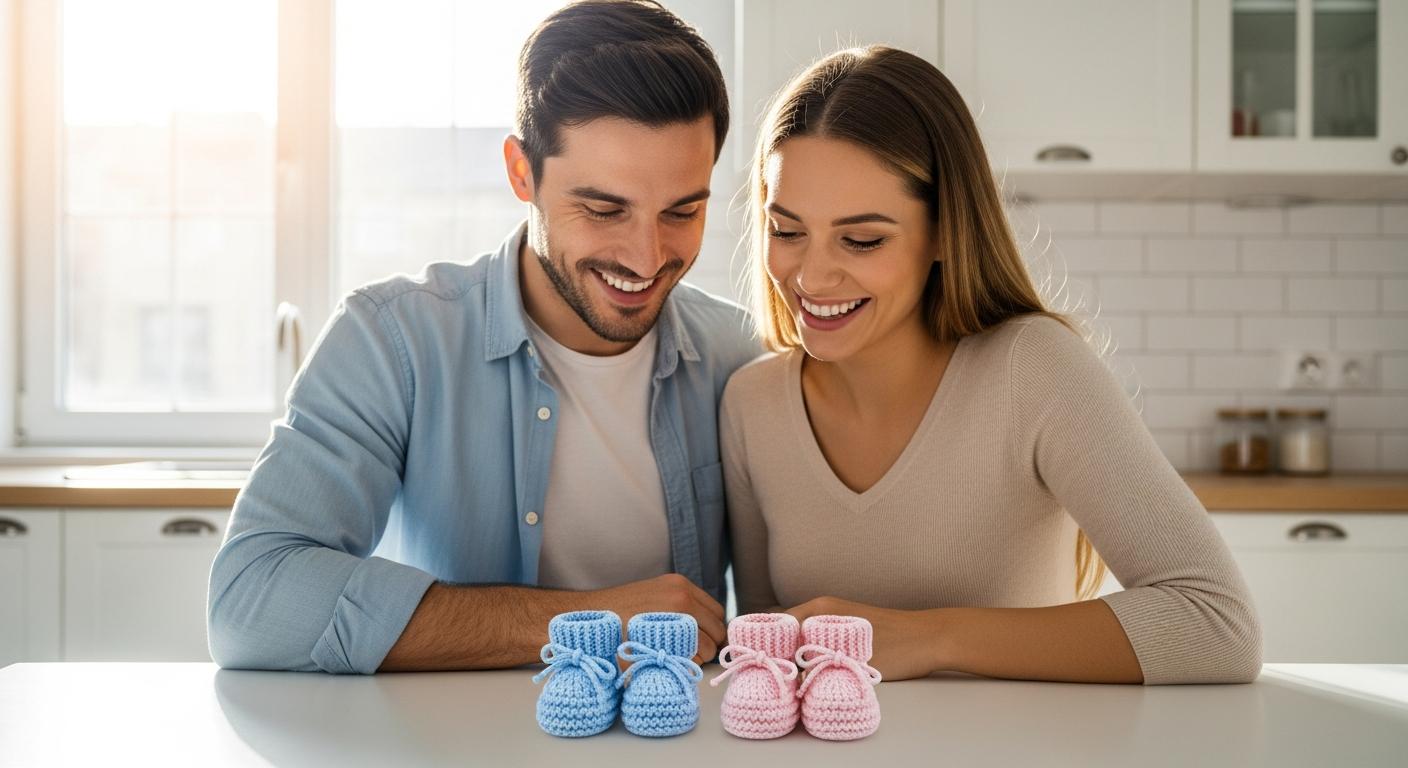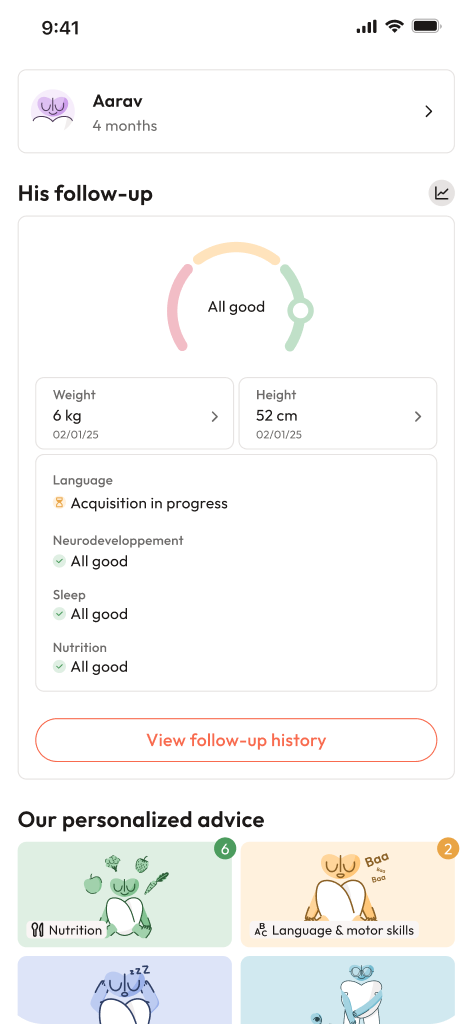Decoding ancient traditions through a modern lens can be both fascinating and a little overwhelming—especially when the family starts talking about the Chinese pregnancy calendar at tea or you’re scrolling social media late at night, curious whether there’s truly a way to predict your baby’s sex months before the ultrasound. Ever caught yourself wondering: can this mysterious chart, woven into generations of stories, actually offer some clue—or is it just a fun activity for the family? The reality is, parents often want clear steps that don’t get lost in cultural or technical jargon. That urge for clarity mixes with a natural curiosity: What is the Chinese pregnancy calendar? Can it tell you something you don’t already know? What if your dates cross over new year, or you’re going through IVF? And perhaps most importantly, amidst all the family rituals and laughter, how do you keep your expectations realistic and rooted in science?
Let’s untangle this tradition, offering step-by-step instructions, detailed medical insights, balanced perspectives on reliability, and practical advice so your next family discussion feels a lot less confusing—and a lot more enjoyable.
What exactly is the Chinese pregnancy calendar?
The Chinese pregnancy calendar, also called the Chinese gender chart, is an age-old tool—a tradition passed down, shaped by lunar cycles and family gatherings, often surfacing as playful predictions about whether that little one kicking inside will be a boy or a girl. Unlike medical tests, the chart cross-references two pieces of data:
- The mother’s age (not her birthday age, but her “lunar age,” where everyone starts at 1, not 0, and adds a year at every Chinese New Year).
- The lunar month when conception occurred.
Those two clues intersect on a grid, revealing either “boy” or “girl”. The chart comes in several versions—sometimes creating confusion. Some tables treat leap months differently, others use slightly varied rules on age calculation. This means a result can “flip” if your conception date lands close to Chinese New Year.
Why do families love it? Beyond the prediction itself, it’s about sharing stories, sparking joyful debates at gatherings, and honouring a piece of cultural heritage—while some simply enjoy brainstorming names or decorating ideas for the nursery. Of course, there’s an important boundary: the Chinese pregnancy calendar does not replace ultrasound, NIPT (Non-Invasive Prenatal Testing), or other diagnostic tests for determining sex with medical certainty.
Tradition meets science: The origins and cultural context
Stepping back, the roots of the Chinese pregnancy calendar run deep in tradition. Folklore speaks of ancient charts, sometimes tucked away in dusty almanacs, other times linked to the mystical Huang Li, the “yellow almanac” guiding auspicious timings. In reality, historians highlight that no definite origin has ever been unambiguously documented. Over centuries, this practice shifted from almanac tables to playful predictions now integrated into family life—largely as entertainment, rather than a formula with proven accuracy.
The calendar’s foundations rest on a lunisolar system: months start at each new moon. Years are patched up with leap months to keep the lunar cycle aligned with the seasons. This results in Chinese New Year hopping around between late January and mid-February on the Gregorian calendar, which means that pinpointing your lunar age or converting a date is never as simple as just counting birthdays.
Especially in societies where sex preference has a complicated history, it’s essential to approach this tradition with sensitivity—enjoy the ritual, but steer clear of bias or questionable decision-making. Gender-based choices have social and ethical consequences; when in doubt about any family-planning decision, medical input is always best.
How to use the calendar: A step-by-step journey
Step 1: Gather your key dates
Start by collecting the mother’s full Gregorian birth date—plus birthplace and time zone for extra accuracy. For the conception date:
- Natural conception: estimate using ovulation (fertile window), the first day of your last period, or ovulation tracking tools.
- IVF/ICSI: use the fertilization date from the clinic, or if unavailable, the embryo transfer date (noting whether it was a day 3 or day 5 embryo).
Step 2: Calculating the lunar age
This is where things get interesting. In the world of the Chinese pregnancy calendar, a newborn is one year old at birth, and everyone adds a year at Chinese New Year, not on their birthday.
How to work this out? The most precise way is to use an official Gregorian-lunar date converter, ensuring you respect the variable Chinese New Year cutoff. Or, if just having some fun, a quick approximation is “Western age at conception + 1”. But beware: for those born around January or February, when Chinese New Year jumps around, sometimes a +2 adjustment is needed. That explains why different online charts or calculators may serve up slightly different results for the same situation.
Step 3: Pinning down the conception month
Gregorian dates—think March 10 or July 15—don’t map cleanly onto lunar months. Every year, the lunar cycle shifts, sometimes squeezing in an extra “leap month”. For best accuracy, again, a converter is worth using (many are free). Some calendars list the leap month separately; others add it to the previous month.
Step 4: Cross-check the chart
Now, with the correct lunar age and lunar month, let your fingers run down the age row and across the month column. Where they meet, the chart offers its prediction: “boy” or “girl”. Treat the result as a playful guess—one that might change if you tweak a date or check a different chart version.
Step 5: Understand the limits—and enjoy responsibly
Dates matter. A small slip—using Western age, missing leap months, or mixing up conception versus due date—can change the outcome. Some chart versions swap axes, add zodiac images, or apply different rules for edge cases (like births straddling Chinese New Year), only fanning the flames of family discussion! Take the results lightly: scientific studies, including a large one in 2010, found about a 50% accuracy rate—basically, a coin toss.
If you’re IVF or ICSI parents, tiny date shifts count: fertilization date is ideal; transfer date is only a fallback if the lab’s exact timing isn’t available. Share full details with your medical team to ensure your clinical records and chart predictions refer to the same anchor.
Navigating calendars: lunar versus solar
Why do results vary? Here’s why:
- The Chinese pregnancy calendar uses a lunisolar system: months begin at the new moon and may contain leap months.
- The Gregorian calendar marches strictly by the sun, with fixed months and leap years every four years.
Example: A date like February 10 could land in the last lunar month one year, but fall in the first lunar month the next year, all depending on the Chinese New Year. That’s why annual charts—and precise conversion—play an important role.
If confused, use a reliable converter, double check leap months, and stick with a chart anchored to the year of conception (not the due date). If you’re using the quick +1 rule, do a double check for January–February cases.
Medical evidence and accuracy—where science stands
No matter how compelling the stories, modern research consistently finds that the Chinese pregnancy calendar doesn’t outperform random guessing. Large epidemiological studies, including those involving hundreds of thousands of births, confirm: the chart gets it right about half the time.
Why, then, do so many families swear by it? Simple psychology—success stories linger while misses quietly fade. Tiny shifts in age calculation or conception date, especially in small families, can feel like the calendar “works,” but that doesn’t mean the method has predictive power. For a reliable answer, modern medicine offers far better tools:
- Ultrasound: By 20–22 weeks, with favourable viewing conditions, sex determination is very accurate.
- NIPT (Non-Invasive Prenatal Testing): Checks for Y-chromosome material (where legal), with results available toward the end of the first trimester.
- CVS and amniocentesis: These invasive tests, done when medically indicated, offer near-total certainty.
Mistakes to watch for and parent-friendly tips
Curiosity is wonderful, but there are a few traps to avoid:
- Swapping Western age for lunar age—double check that conversion!
- Using due dates, ultrasound dates, or ovulation proxy in place of the real conception date—accuracy suffers.
- Ignoring boundaries near Chinese New Year or leap months.
- Stressing if your result “flips” between charts—simply pick a clear, consistently used chart for peace of mind.
A checklist for peace:
- Confirm which age system is in use (lunar or Western).
- Ensure correct treatment of leap months.
- Anchor to the same reference point (fertilization, ovulation, or transfer date).
- If dates are fuzzy, accept the uncertainty—or consult your clinician.
- Above all: if what the calendar says doesn’t match scientific test results, trust the science.
Practical, playful uses—and what to avoid
Looking for ways to sprinkle some joy with the Chinese pregnancy calendar?
- Make predictions at a family meal or before the big ultrasound.
- Compare results for older siblings, cousins, or even the parents themselves—just for fun.
- Collect everyone’s guesses in a notebook and reveal the truth after the scan.
Best to avoid:
- Trying to “plan” a baby’s sex via timing intercourse or calendar jockeying.
- Making major decisions based only on the chart.
- Feeling disappointed or worried if predictions and reality don’t match.
Treat the Chinese pregnancy calendar as a bridge between tradition and laughter, always remembering that scientific certainty belongs to the domain of medical diagnostics and not age-old charts.
Key Takeaways
- The Chinese pregnancy calendar mixes lunar age with the lunar month of conception, offering a playful—if not medically grounded—guess about a baby’s sex.
- Tiny shifts in calculation (dates, leap months, or new year boundaries) can flip results.
- Multiple versions exist; always choose one clear method, aligned with the conception year.
- Studies show accuracy is no better than random chance; depend on ultrasound, NIPT, or genetics for certainty.
- Enjoy the tradition with your family, keep expectations light, and always rely on medical professionals for confidence and guidance.
- For more personalised advice, and to access free health questionnaires for your child, don’t hesitate to download the Heloa app. Support is just a tap away.
Questions Parents Ask
Can I use the chart for twins or other multiples?
It’s a common wonder. The Chinese pregnancy calendar only uses the mother’s lunar age and the lunar month of conception—so it doesn’t consider whether more than one egg was fertilised. For identical twins, coming from a single fertilised egg, both share the same sex, so one prediction applies. For fraternal twins, each baby’s sex is independent, so the chart’s “one box” guess can’t account for both. Ultimately, for multiples, the calendar is only a lighthearted game—ultrasound or clinical testing gives the real answer.
Does the calendar work for people of any background?
Perhaps you ask if origin or culture makes a difference. The Chinese pregnancy calendar comes from Chinese tradition, but studies show its accuracy is roughly the same worldwide—essentially random. All parents can take part in the fun, but don’t expect a more reliable result based on nationality or ethnicity. For true certainty, rely on scientific approaches—ultrasound or genetics.
Is it respectful to use this method at family events or with friends?
Many parents care about being sensitive. Using the Chinese pregnancy calendar as a fun, inclusive activity is generally harmless, as long as origins are respected and nobody feels pressured. Avoid leveraging the chart for any kind of sex preference or selection—history shows why such choices can have unfortunate consequences. When sharing predictions, keeping a playful and gentle tone maintains warmth and avoids offence. If unsure, simply state you’re enjoying a tradition for fun, while relying on science for actual answers.










